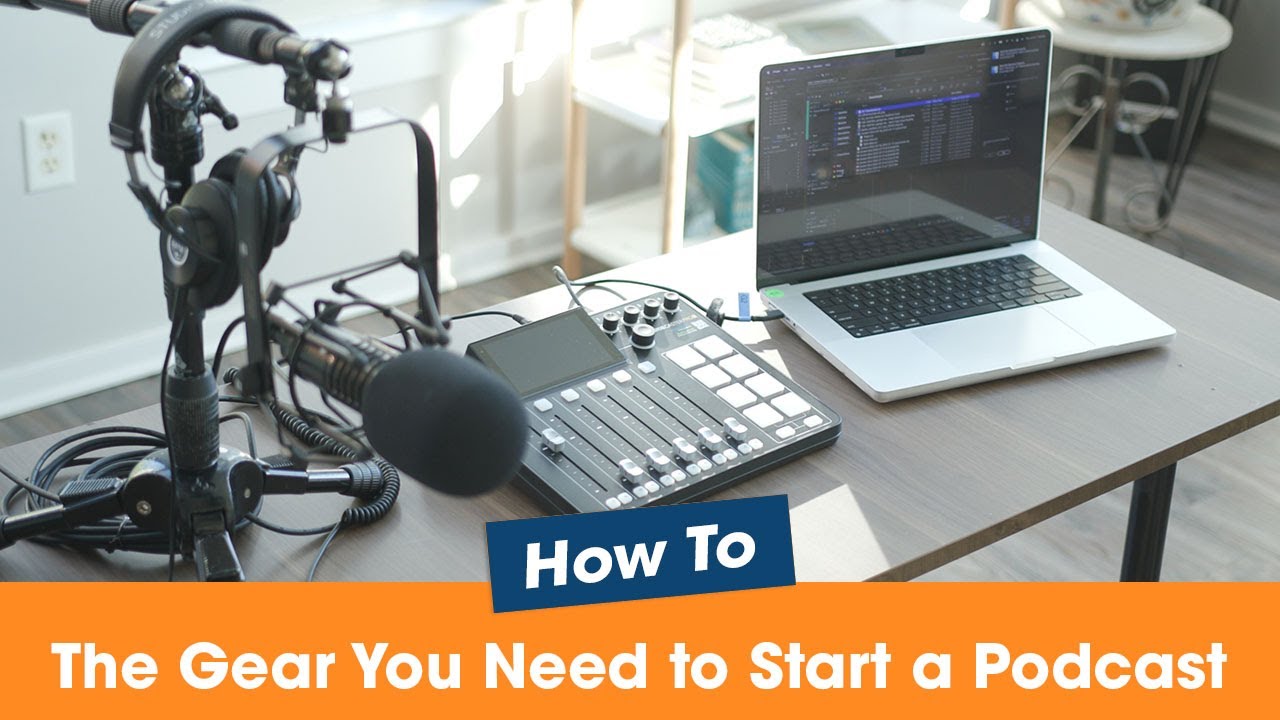Podcasting has exploded in popularity, and in 2025, it’s easier than ever to jump in and make your voice heard. Whether you’re passionate about storytelling, teaching, or just chatting about your favorite niche, starting a podcast doesn’t have to break the bank—or require a fancy studio. With minimal equipment and a focus on high-impact strategies, you can launch a show that stands out and grows an audience fast. Here’s your step-by-step guide to getting started.
Step 1: Define Your Podcast’s Purpose and Audience
Before you even think about gear, get clear on why you’re starting a podcast and who you’re speaking to. A podcast with maximum impact starts with a strong foundation.
- Pick a Niche: What’s your passion? True crime, personal finance, gaming, or wellness? The narrower your focus, the easier it is to attract a dedicated audience.
- Know Your Listener: Imagine your ideal listener—what do they want to learn, feel, or laugh about? Tailor your content to their needs.
- Set a Goal: Are you aiming to educate, entertain, or build a personal brand? Your goal shapes your tone and direction.
Pro Tip: Keep it simple. A podcast like “5-Minute Money Hacks” beats a vague “Life Tips” every time—specificity wins.
Step 2: Gather Minimal (But Mighty) Equipment
You don’t need a $500 microphone or a soundproof booth to sound professional. Here’s the bare-bones setup that delivers quality audio without the overwhelm:
Must-Haves:
- Microphone: Skip the built-in laptop mic. Grab a USB microphone like the Audio-Technica ATR2100x-USB (around $100) or the budget-friendly Samson Q2U (under $70). Both plug straight into your computer and double as handheld mics for future upgrades.
- Headphones: Any decent pair works to monitor your audio. The Sony MDR7506 (around $80) is a pro favorite, but even $20 earbuds with a mic can do the trick.
- Your Computer or Smartphone: You already have one! Use it to record and edit.
- Free Recording Software: Download Audacity (open-source and powerful) or use GarageBand if you’re on a Mac. For smartphone users, apps like Anchor (now part of Spotify for Podcasters) are free and intuitive.
Nice-to-Haves (Optional):
- Pop Filter: A $10 add-on to reduce harsh “p” and “b” sounds.
- Mic Stand or Boom Arm: Keeps your mic steady for under $20.
Reality Check: Good audio matters more than video or flashy branding at the start. Focus on clear sound—listeners will forgive a lot if they can hear you well.
Step 3: Plan Your First Episodes
Content is king, even with minimal gear. A little prep goes a long way to hook listeners and keep them coming back.
- Choose a Format: Solo rants, interviews, storytelling, or Q&A? Keep it consistent so listeners know what to expect.
- Script Lightly: Write a short intro (e.g., “Hey, I’m [Name], and this is [Podcast Name], where we [purpose]”) and bullet points for your main ideas. Don’t over-script—let your personality shine.
- Keep It Bite-Sized: Aim for 20-30 minutes per episode. Short, punchy content respects your audience’s time and boosts completion rates.
- Batch Record: Record 3-5 episodes upfront to launch strong and give yourself a buffer.
Example: If your podcast is “DIY Home Hacks,” your first episode could be “5 Tools Every Beginner Needs,” followed by “Fixing a Leaky Faucet in 10 Minutes.”
Step 4: Record Like a Pro (Even in Your Closet)
You’ve got the gear—now make it sound great with these simple tricks:
- Find a Quiet Space: Record in a small room with soft furnishings (like a closet full of clothes) to dampen echo. Avoid kitchens or big, empty spaces.
- Mic Technique: Speak 6-8 inches from the mic, slightly off-center, to avoid distortion.
- Test First: Record a 30-second sample, play it back, and adjust volume or position as needed.
- Stay Natural: Don’t force a “radio voice.” Be yourself—authenticity cuts through the noise.
Quick Fix: If background noise sneaks in, Audacity’s noise reduction tool can clean it up in post-production.
Step 5: Edit for Polish, Not Perfection
Editing doesn’t have to be a time sink. With free tools, you can trim the fat and boost quality in under an hour.
- Cut the Fluff: Remove long pauses, “ums,” or tangents. Keep the pace lively.
- Add an Intro/Outro: Record a reusable 10-second intro (with royalty-free music from sites like Free Music Archive) and a call-to-action outro (“Subscribe for more!”).
- Balance Audio: Use Audacity’s “Normalize” feature to even out volume levels.
Time-Saver: Don’t over-edit your first episodes—focus on clarity, not studio perfection. Listeners care more about content than flawless sound.
Step 6: Launch with Impact
Your podcast is recorded and edited—now get it out there and grab attention.
- Host It for Free: Use Spotify for Podcasters (formerly Anchor) to upload and distribute to Spotify, Apple Podcasts, and more—no cost, no hassle.
- Create Simple Cover Art: Use Canva (free) to design a bold, readable image with your podcast name and a striking color scheme.
- Write a Catchy Description: Sum up your show in 2-3 sentences. Example: “DIY Home Hacks delivers quick, practical fixes for beginners—no fancy tools required.”
- Launch with 3 Episodes: Drop them all at once to give listeners a taste and encourage bingeing.
Growth Hack: Share your launch on X with a short audio teaser and tag relevant communities (e.g., #Podcasting or #DIY).
Final Thoughts: Start Small, Dream Big
You don’t need a Hollywood budget to launch a podcast with impact. With a $50 mic, free software, and a clear plan, you’re already ahead of the game. The key? Start now. Your first episode won’t be perfect, but it’ll be yours—and that’s what counts. So grab your mic, hit record, and let 2025 be the year your voice takes off.

